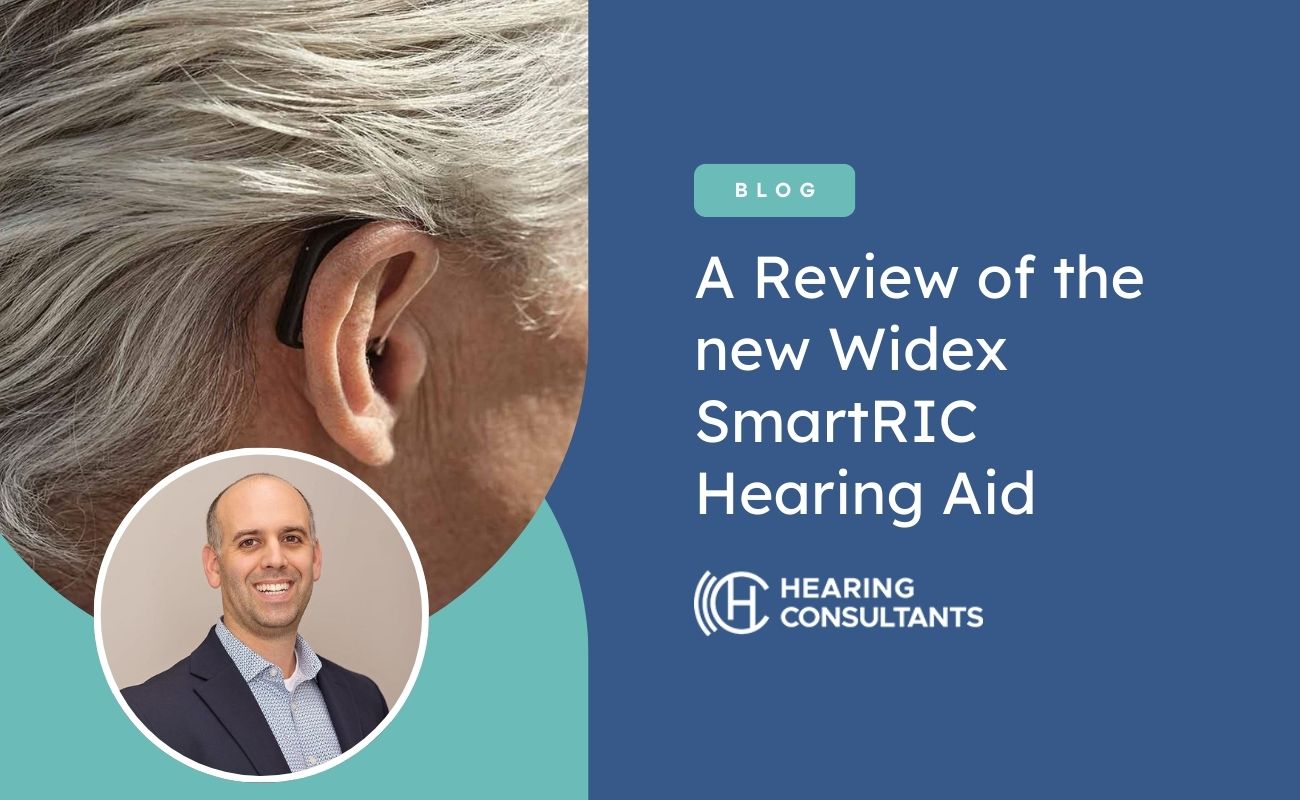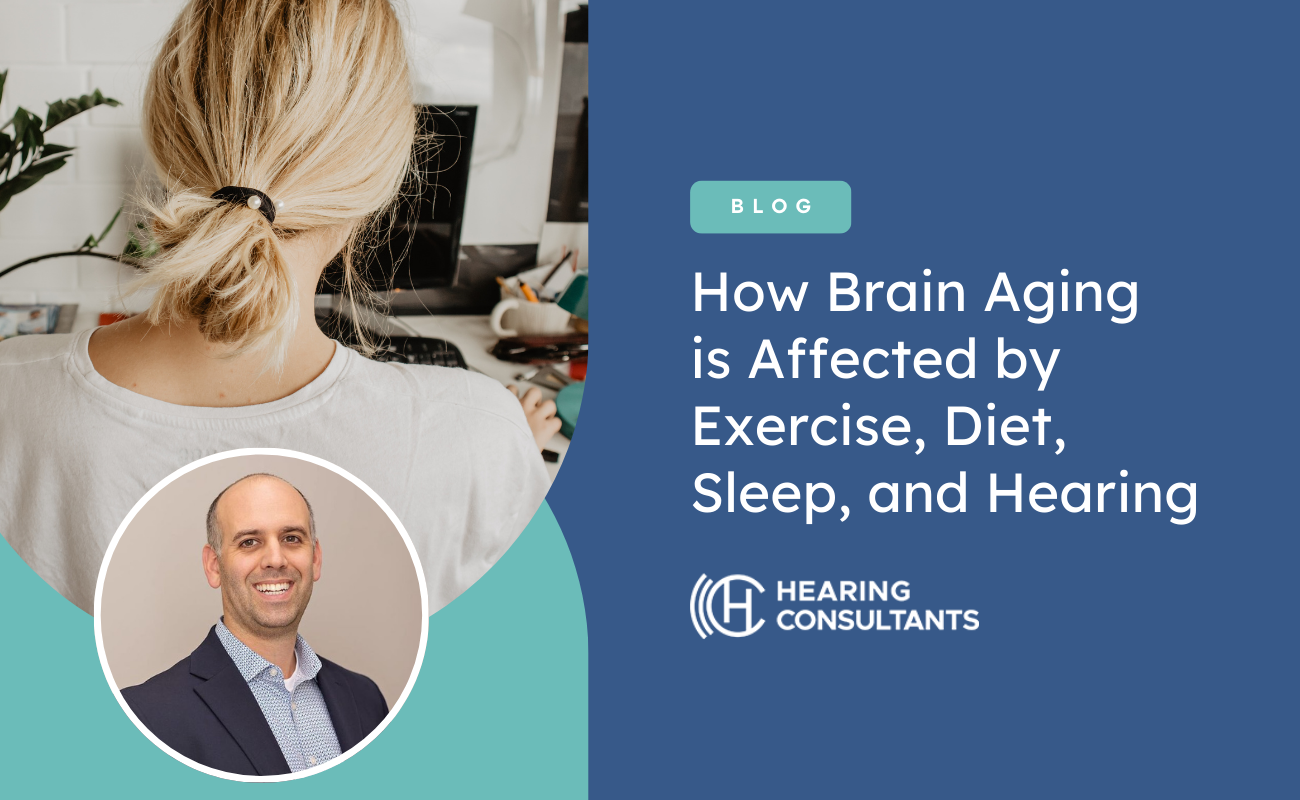Why You Should Treat Bilateral Hearing Loss with Two Hearing Aids
Do you ever wonder why we have two ears? Two ears allow us to hear from both directions, allowing us to be more aware of where sounds are coming from around us. This is known as binaural hearing. Two ears not only aid in the amplification of sound but also aid in our perception of the world around us. If you are one of the 30 million people (one in eight) in the United States aged 12 years or older who has hearing loss in both ears, this is referred to as bilateral hearing loss.
Bilateral and Unilateral Hearing
In rare cases, hearing loss occurs only in one ear, and this is called unilateral hearing loss. This could be due to rare conditions such as Meniere’s disease and cerebellopontine angle tumors. Sometimes, one ear has a much more severe case of hearing loss than the other, and this is commonly self-misdiagnosed as unilateral hearing loss. Unilateral hearing loss is rather rare in comparison to bilateral hearing loss, affecting an estimated 60,000 people (7%) in the US. Exposure to loud sound closer to one ear or impact to the head can cause one ear’s damage to be more pronounced than the other, but this is not unilateral hearing loss and needs to be treated bilaterally.
Symptoms of Bilateral Hearing Loss
Hearing loss can occur from many different causes such as exposure to loud noise, impact on the head, certain medications, inhalants, and chronic infections. All these factors put the hearing loss at risk by damaging the fragile hair-like cells of the inner ear called stereocilia. Stereocilia convert sound waves from the eardrum into electrical impulses which are sent to the auditory cortex in the brain. It is here where sounds are identified, and speech is interpreted. When hearing loss occurs due to cell damage or death, our reaction time is slowed down. Speech becomes more difficult to decipher, and sounds can be easily missed. It’s rare when we have hearing loss that is equal in both ears, also known as symmetrical hearing loss. More often, one ear will sound quieter than the other, and this is known as asymmetrical hearing loss.
Sensorineural or Conductive Hearing Loss
When the stereocilia are damaged in the inner ear, it's referred to as sensorineural hearing loss, and while scientists struggle to understand how to restore these cells, it is currently irreversible. Conductive hearing loss occurs when the auditory system is blocked, causing the reduced sound to travel from the outside world to the brain. This could be due to impaction of earwax in the ear canal, ear infection, growths, or bone abnormalities. In most of these cases, conductive hearing loss can be reversed by removing the blockage. When there is a combination of both sensorineural and conductive hearing loss, it is referred to as mixed hearing loss.
Treatment for Bilateral Hearing Loss
Unilateral hearing loss is rare, and many people who hear better out of one ear most likely still have hearing loss bilaterally. The most common treatment for people with irreversible hearing loss is hearing aids. These devices are worn in or around the ear canal and collect sound, transforming it into an electrical signal which is sent to the inner ear. With advancements in digital technology, hearing aids can be smaller than ever before and can amplify with more nuance. Based on a hearing exam, digital hearing aids can be programmed to isolate the pitches and tones specific to your hearing loss while leaving the rest to be picked up by your existing hearing. In cases of bilateral hearing where one ear is stronger than the other, this can mean varying programming to account for the ability in the good ear.
CROS System
Sometimes, one ear is not severe enough to warrant a hearing aid and can use a CROS system. Contralateral routing of signal (CROS) devices use two separate devices, both resembling hearing aids. For the ear with more pronounced hearing loss, a more traditional hearing aid is worn. On the stronger ear, a microphone picks up the sounds from that side and sends it to the hearing aid on your better ear.
Take the Next Step
It’s important to screen for hearing loss regularly, as many live with undiagnosed hearing loss for years, due to the gradual way it can progress. Contact us to schedule a hearing test. We will test both your ears and find the best solution to support your hearing and your lifestyle.
Get in touch with
Hearing Consultants
Contact our clinic to schedule an appointment today!







